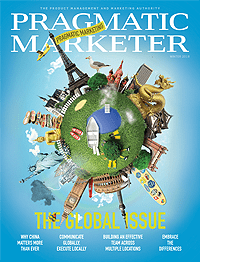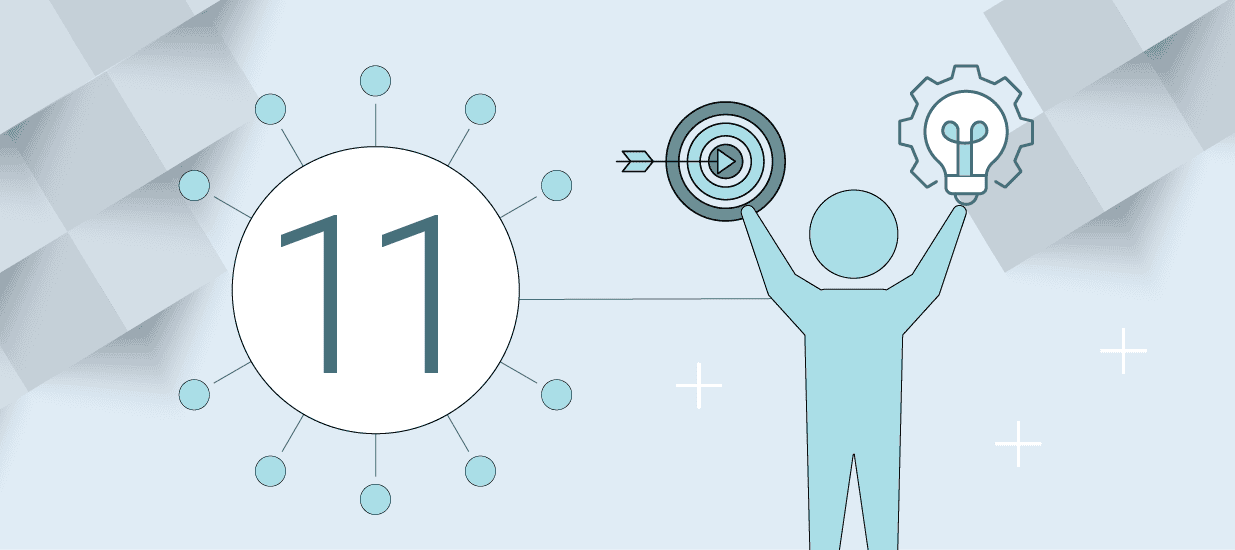
Planning and executing any product launch is daunting, but planning and executing a global product launch increases the size and scope by an order of magnitude. Not only are there differences in geography and language to consider, there is also the local calendar. And that’s just the beginning.
First, you have to identify the problem you want to solve. Does it exist for people in other geographic locations? Will your product universally solve that problem?
You will need to conduct market research to answer those questions. But remember, conducting research on your home turf won’t allow you to extrapolate information that is relevant to other geographies; the problem you’ve identified may not be an issue there.
While there are plenty of variables, global launches generally fall into two main categories: phased and big bang. Big-bang launches, which indicate a simultaneous launch in all markets, are the rarest and most problematic. From a project-planning perspective, the more complex and larger an effort, the higher the probability of failure.
It is virtually impossible to take a one-size-fits-all approach; most launch activities simply don’t lend themselves to a big centralized push across markets. Ideally, planning should be done locally and integrated into a comprehensive plan. If you plan for a launch in North America and expect to duplicate it in another region, you won’t be successful. It’s important to plan a variety of phased local launches that take into account the unique needs of each region. Here’s a sampling of what to consider in this phased approach.
Regional Considerations
Global launches are often staggered by geography, and the tasks that must be accomplished for each region will drive their launch dates. For example, are there language translations and content modifications to consider? What about legal registrations, trademarks and branding?
When I managed the global launch of a new line of products, something as simple as considering a region’s holidays and buying cycles created immense complexity around timing the launch. Planning and execution of messaging was also a challenge.
Naming the product was another challenge because for every jurisdiction we wanted to enter, we had to make sure that we could use the same product name. If someone had already registered that name or a domain, we’d be back at square one.
These challenges were unbelievably detailed and required assembling a team with global representation, including marketing resources from the different geographies.
##tweet##
Product Life Cycles
All products and product categories go through a life cycle: new, growth, mature, decline. Where your product and product category are in their life cycles will affect how you go to market. If your product is in a new, innovative category, your approach to launch will be much different than if you are in a mature product category where a lot of people already have the product.
This is important because depending on the geography, product categories may be in different stages of their life cycles. Therefore, you will want to localize the approach, message and timing of your launch to coincide with the specifics of a particular geographic market. You might include some activities in Asia, for example, that you wouldn’t include in North America.
The Buyer
As you look at global markets, you will find that customers use different decision levers depending where they are. They will buy differently in the Middle East than in North America, and Latin America will be different from Asia.
For example, in some regions companies guard the identity of their actual decision-makers from vendors to gain an advantage during the buying process. In other regions, discounts are a routine incentive. Because the differences can be profound, it’s important to understand whether a strong relationship is required to buy, or whether the decision is a straightforward economic one based on ROI.
Many businesses also discover that buying in a government environment is much different from buying in a commercial market. Not only are the processes defined differently, but the roles and players may change as well. Navigating all the red tape can become as challenging as delivering a compelling value proposition.
Distribution Channels
With all these variables, it often makes sense to employ different distribution channels in different markets. For example, launching a product in Japan through a Japanese channel partner will involve a very different set of steps and activities than if you work with your direct sales force. And if you want to do a regional launch in Europe, multilingual and multi-currency availability are key. But in the U.S. it doesn’t mean a thing. When you go to market, the messages you want to deliver, the value propositions you want to create, must be localized by geography.
Major launches by companies like Apple may appear to be global. But if you look carefully, they usually kick off with a global marketing launch well in advance of the product’s availability. In terms of when customers can get their hands on the new product and how it is delivered, the timing is usually staggered because of the approvals that are required across a variety of jurisdictions.
At a software company based in northern Europe, we twice tried unsuccessfully to expand into North America before determining that we needed to have local resources in North America to be successful. Once we got established in North America, we focused on expanding into the Middle East and the Asia-Pacific region. Finally, we looked at Central America. Through that focus we were successful.
The bottom line? It makes sense for most businesses to expand their footprint into markets one at a time. You need to consider the risk, complexity and localization involved in your launch. And even when you communicate globally, it generally makes a lot more sense to execute locally.
-
Rich Nutinsky, a seasoned professional with 38 years of expertise, has left an indelible mark in various industries. Having worked with market leaders like Microsoft, AT&T, and Siemens, he specializes in improving product strategy, product management, and marketing processes. With a background encompassing Health Care Services, D&B Software, and Arasys, Rich has also made valuable contributions at Nutinsky Consulting and Pragmatic Institute. For questions or inquiries, please contact [email protected].
View all posts










